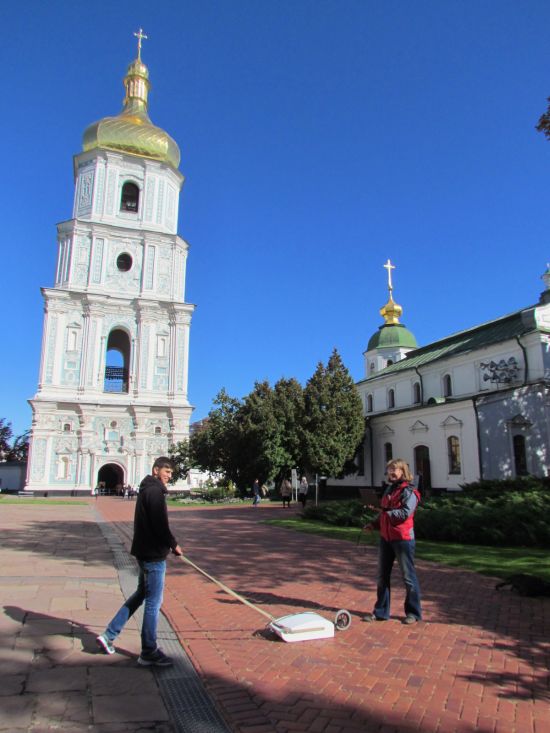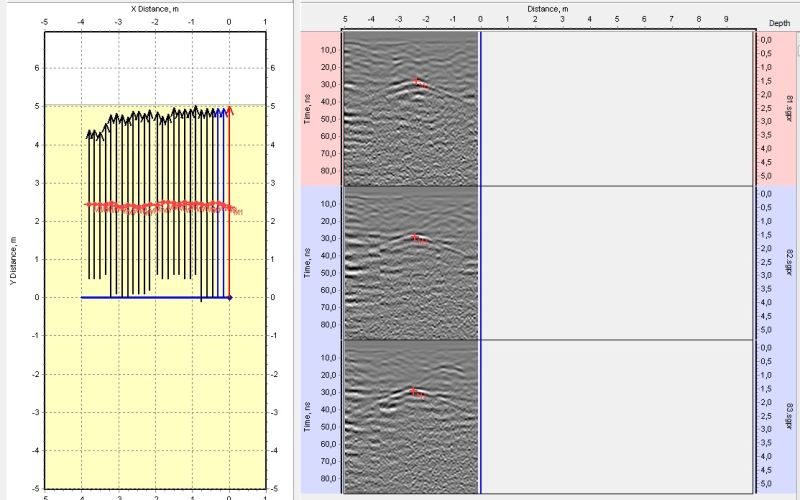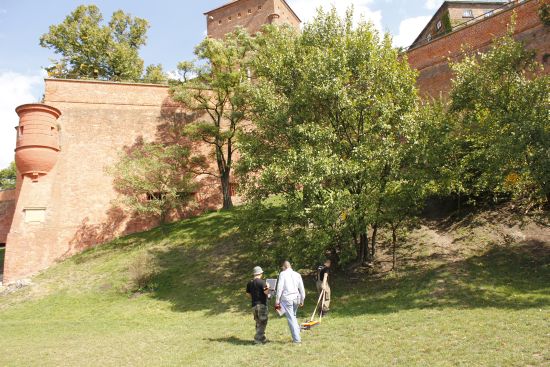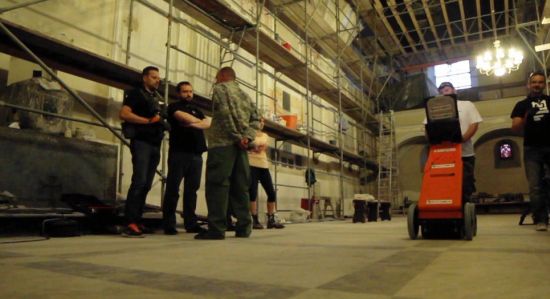During archaeological explorations there is very reasonable to use GPR. It makes it possible to examine big areas of planned future excavations.
Therefore, that allows to decrease working time, to reduce substantially the territory of excavations and save limited financial resources.
The most important advantage of GPR use in archaeology is non-destructive assessment. Sometimes there is absolutely impossible to make any excavation (for example, historical places located in a dense urban building or under unique cultural objects). GPR allows to pinpoint the exact location of searched underground items, to map them with indication of the depth of each one.
Exploring historical buildings GPR also gives an opportunity to discover hidden rooms or passages and to find the fractures in the building.
The one more important factor of GPR use is a contactless sounding, for example, above the ground surface.
Another application of GPR is an exploration of underwater archaeological items, placed on/or under the bottom of fresh water reservoirs. There is a problem to get such information by other means.



